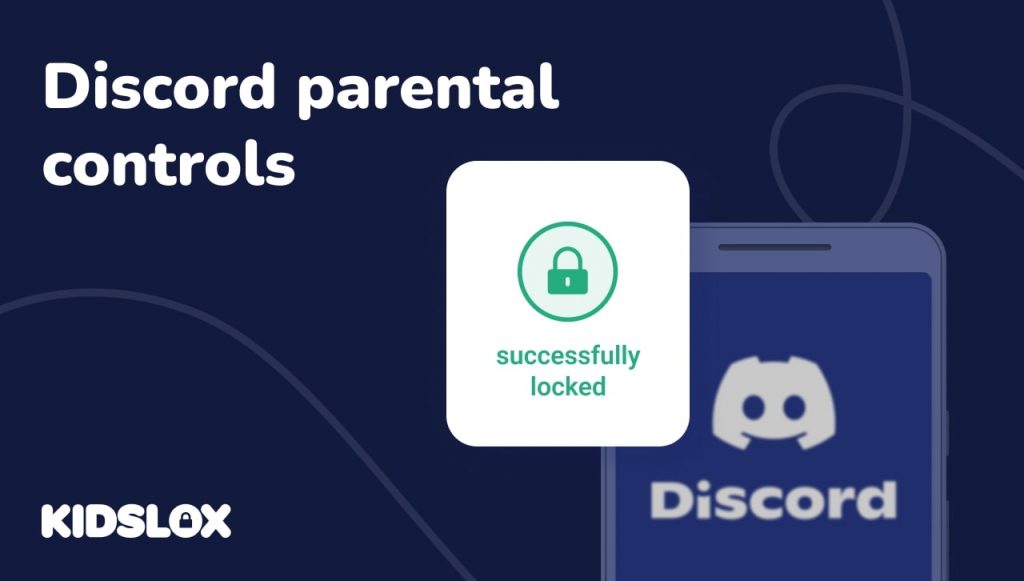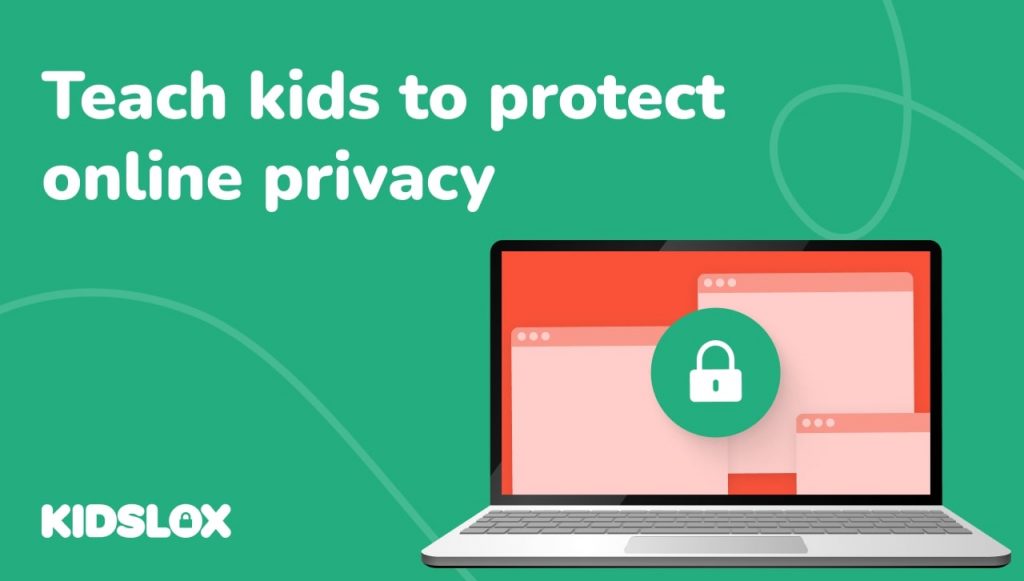How to make a cell phone contract with your children and
Set healthy screen time boundaries with your tween and teenagers
In this blog, we look at one of the ways in which parents can create a proactive, collaborative strategy for monitoring their child’s cell phone use and set healthy screen time limits.We explore the idea of a cell phone contract, how to create one, and how to get children to adhere to it.
A solid parental technology control strategy can work wonders for the harmony of the home. When children feel empowered and part of the conversation, it can be a lot easier to get them to understand the reasons why you want to put limits on screen time.
Digital technology isn’t going anywhere and is set to become increasingly entwined into our childrens’ lives. Creating healthy boundaries and consumption habits now can stand your child in good stead for the future.
Every parent strives for their child to be responsible and measured in their use of technology, and using access to devices and screen time can be an authoritarian approach that often meets resistance. At Kidslox we encourage working together with your children to reduce the feeling that you’re dictating their time.
But where to start with actually putting that strategy into practice? One method that’s gained plenty of attention on social media is the idea of a cell phone contract for kids.
What is a cell phone contract for kids?
Before you conjure images of complicated legal style documents, don’t fear. A cell phone contract for the family needn’t be complicated. They get called a variety of different names, but the idea is the same. You sit down with your child or teen and discuss what appropriate device use looks like for you all. The next step is to come up with some screen time rules collaboratively and write them down. Everyone who is a part of the agreement should sign it, and then it gets displayed somewhere in the home where it’s easy to refer to when needed.
Need some inspiration to get you started? There are quite a few printable cell phone contract templates for teenagers available online to help you get going.They’re all different, and personalisable depending on the needs of your family, but tend to follow general rules that fall into the following categories:
- Taking good care of the phone: This could include keeping devices clean, in good condition and well-charged. For older kids and teenagers, it might include being responsible for fixing or replacing in the case of breakage or loss. Essentially, basic rules about respect for property and consequences for not taking good care of things.
- Teaching appropriate etiquette: This might include rules like not using phones at the dinner table, not calling after a certain time, always answering parent calls and text messages and so on. Rules about respecting both the people you’re communicating with and the people around you physically.
- Screen time rules: Often the key area for parents to create the contract in the first place, these are rules that define the amount of time that can be spent on devices on school days and weekends. It might also cover what sorts of apps can be used (e.g. no games until after homework is done) and what time the device needs to get turned off in readiness for bed. These are rules for ensuring that device use doesn’t start to get prioritised over other areas of life and that children (and their parents!) keep a healthy balance.
- Staying safe online: It’s essential to put rules in place to ensure your child stays safe online. Everything from what to do when they come across inappropriate material to avoiding dangerous situations with strangers should be covered. You might also include instructions on what your child should do if someone tries to bully them online and not accepting contact requests from strangers. These rules keep your child safe online and teach them how to respond to potentially dangerous situations.
- Parent rights: Some parents may want to explicitly reserve certain rights over their child’s phone, including confiscation if rules are ignored or broken. One area which can be controversial in parenting blogs and conversations online is the right to read the child’s phone at any time, for any reason. Many kids see account checking as an invasion of privacy, so you’ll need to decide for yourself to what extent your child’s privacy is a right or a privilege.
- Getting specific: Your child’s age, and particular social media habits will dictate how much you personalise your contract. For example, it might be more of a social media contract for a teenager or tween.
What’s missing from most cell phone contracts for kids?
After exploring a lot of the templates for the cell phone contracts for kids, one thing missing in most cases is a section for commitments on the side of the parent. Kids follow our examples, and in the case of young children, copy our behaviours. No generation is exempt from the downsides of spending too much time on digital devices, cell phones and social media and therefore you can use the contract to help your own bad habits too. How?
- Show that the rules are important for everyone, not just for children
- Make a healthy approach to screen time something that you’re working towards together, and
- Help you to provide a good example of responsible technology use
Whatever you include in it, making a cell phone contract with your children and teenagers provides a great opportunity to discuss issues connected with technology use with our children. Working collaboratively with the whole family ensures that children feel included and not dictated to. Once you’ve agreed and printed your contract, you can use Kidslox to help put those boundaries in place to enforce many of the agreed upon screen time rules.
Have you made a cell phone contract with your child? What does it include? Share your ideas with other parents in our comments section below.





